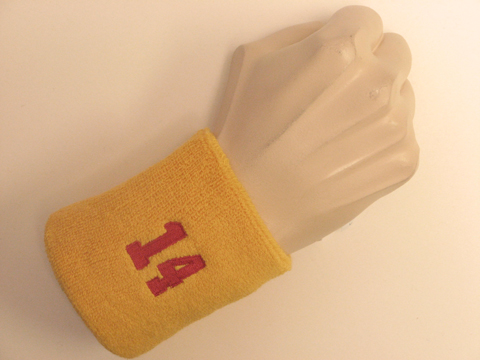quote:
Originally posted by J H:
…Stats- I'd like to piggyback on what you posted a bit. I normally like statistical analyses and what they do for the game. Your numbers, which I don't doubt are correct, shows consistencies that would cause an assumption that the result of the game was vastly different than what it was in reality. I am just curious as to how you would use these numbers in order to assist in analyzing a game performance.
Pretty good questions here. I will answer them honestly, and hope that’s adequate.
A lot of times I produce metrics that don’t so much prove a player’s performance was either good or bad, but that its just not possible to use what was done as an indicator of success or failure. FI, while I think everyone would agree that a high 1st pitch strike percentage was better than a low one, for reasons of a pitcher getting ahead in the count generally being a good thing, there’s nothing to prove that a pitcher who’s FPS is lower than the other guy isn’t going to have as much or more success.
The reason is, the two things don’t necessarily go together, but can only “indicate” a trend. In the numbers for those 2 guys in that particular game, most “anomalies” can be explained by on guy throwing so many fewer pitcher than the other. That’s why its necessary to look at so many other things to get a better picture.
One of the ancillary reasons I decided to update my program to score the game, was that I could get many more things I was producing after the fact, while they were actually going on. For years I would tally many things as the game was going on, like pitch counts or number of 3 ball counts, but there’s only so many things one can tally and compute while trying to score a game. There’s no way I could keep a continuing tally and get the percentages for the number of balls, called, fouled, missed, and BIP strikes on even an inning basis, let alone as each pitch took place. Well, suddenly I can do that, and it opens up a lot of new thinking for me.
So, right at this moment in time, I don’t know what a lot of those numbers will do as far as game analysis or player performance, because I’ve only had access to them in this form for less than a few months. I put things in and take things out as I see they might have some use, or see that for sure they don’t. In fact, I’m seriously adding another type of strike by splitting swings and misses into two different categories.
I’ve seen at the ML level, the number of swings and misses on all pitches is almost always below 10% for a game. But, I’ve also noticed that of all those misses, it seems to be about as likely there is an “abbreviated” swing or checked swings, as there is a full swing and a miss. I don’t know if that’s significant, but it shows me there’s a difference in that the batter is fooled as opposed to him simply not getting the bat to the correct place to make contact.
quote:
As I said, I appreciate you putting them together, and I may be naive in my questioning, but I am wondering how those numbers in particular are relative to the actual result.
And that’s the reason I like to look at the numbers. I don’t know there’s any relation to the actual result, but as I said, looking at these numbers in real time is so new to me, I really haven’t had a lot of opportunity to come to many conclusions.
Its just another lurch forward of progress. There’s some kind of new information found, and it takes a while to figure out what it means or how to use it. There’s a similar kind of thing going on at the lower levels of the sport with data. With the advent of so many ways to produce stats, right now a lot of people are blown away by metrics they’ve never heard of before, but folks like myself have been using for years and treat as commonplace. Those folks are inundated with data in all kinds of forms, and will need a while to sort through it all and learn to pick out the things that they feel are useful. The same thing is happening with me.
There are so many new things available to me now, I really don’t’ know where to begin. I’m like a kid in a candy store. And the best part is, I didn’t have to “put anything together”. All I did was copy the numbers off the monitor. I wrote the compute code to generate them over a decade ago, and have had those numbers at my fingertips all those years. But, they were always numbers from the past, and mixed in as an aggregate. Its quite different seeing them pitch by pitch and trying to draw conclusions.
So there ya have it.






















